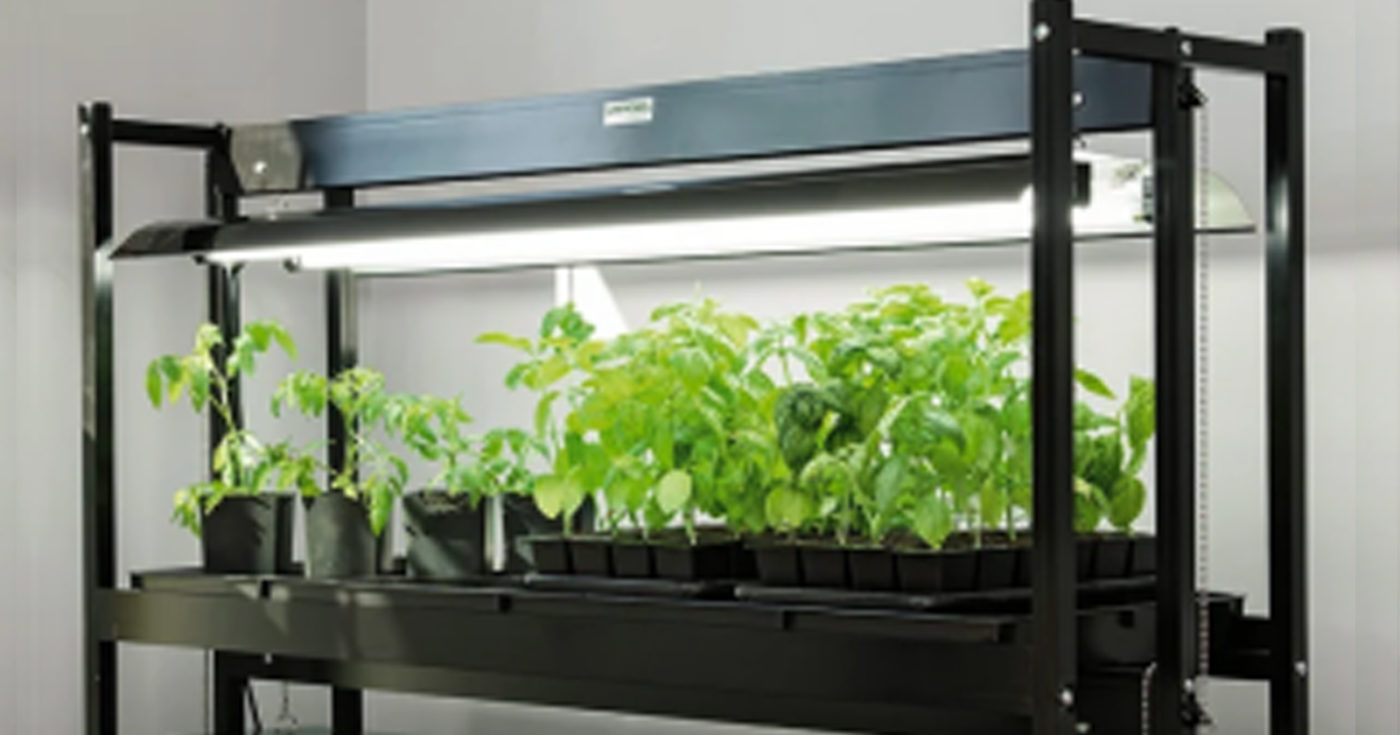
Indoor plant growth in varied commercial environments requires consistent and appropriate lighting from a grow light. These lights with LEDs (Light Emitting Diodes) are used to ensure that the required cultivation is completed quickly. LED grow lights will delight B2B customers who can observe plants growing right before themselves. Many businesses are already using indoor horticulture lighting, with industry experts predicting that LED grow lamps will rule the future.
More About an LED and its role in Indoor Cultivation
An LED is a light-emitting semiconductor, and a professional LED grow light uses it. Several hues are combined to create a particular color spectrum here. As indoor lights, LED grow lamps are more adaptable for cultivation than conventional light sources. These lights are designed to look like sunlight and release blue and red light from the visible spectrum to promote plant development. Grow lights come in various sizes, including small lights in confined spaces.
All company LED lights are extensively tested and have proven their usefulness in the harshest conditions. Because a minimal amount of energy is lost when these bulbs are used, the brightness is higher than conventional lights. Reputable lighting suppliers have the widest selection of LED grow lamp brands. There’s also a large selection of LED tent packages that include everything growers need to start growing plants inside.
What to Consider Before Buying LED Grow Lights
- Space Available for Growth– When evaluating an LED grow light, the available space to grow must be examined in light of specific application needs. This space determines mounting height, Photosynthetic Active Radiation (PAR), advised watts, and Photosynthetic Photon Flux (PPF). Company professionals must measure and compute the total square area of the garden. Whether it’s too bright or dim, buying the wrong light has a big impact on plant development. Plants can be killed by too much-absorbed light.
- Spectrum Power Distribution– One of the most important factors to consider when purchasing an LED grow light is Spectrum Power Distribution (SPD). Varied plants and phases of growth require different intensities for optimal results. LED growth lights now come in a wider range and consume one-third less electricity. Professional grow lights can boost overall output and quality while also cutting down on the time it takes from seed to harves
- Need for Maintenance– Utilities are paid by everyone, whether it is a business owner seeking large-scale industrial uses or a horticulture hobbyist. In comparison to alternative lighting sources, LEDs have consistently demonstrated their efficiency, dependability, and longevity in a wide range of applications, resulting in lower energy expenditures and lesser maintenance costs. These lights do not burn out; instead, they experience a phenomenon called lumen deterioration.
Garden pests find it impossible to access the plants, which is one of the most evident advantages of indoor gardening. Commercial building owners have complete control over the weather and do not have to be concerned about how the environment is shaping up outside. However, plants can be made to grow well only with artificial lighting like LED grow lights, unless there is access to a solarium or a greenhouse.

